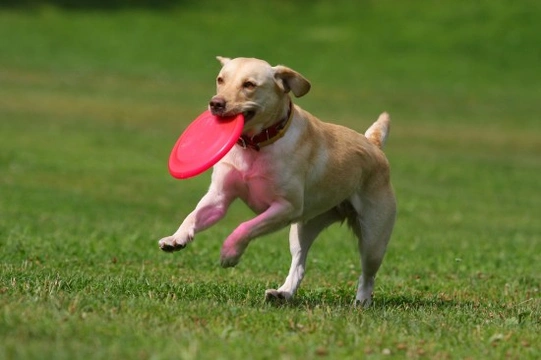
Ten ways to make your dog’s walks more exciting
Dogs generally very much enjoy walks of all varieties; short walks, long walks, energetic walks, sedate walks, on the lead, off the lead, and everything else! Both dog and person can enjoy being out in the fresh air and in each other’s company, and walking is of course good for the health of both dog and person. However, it can be all too easy to fall into a routine of dull walks, and see walking as something of a duty, rather than something to be enjoyed by both dog and owner. If you want to liven up your walks or try something new, read on for our top tips on ten ways to make your dog’s walks more exciting.
Use walks as an opportunity for training
As well as simply getting exercise, walking can be a valuable opportunity to observe how your dog reacts to a wide range of external stimulus, and use your walks as a teaching opportunity for your dog. Try to teach your dog some new skills or refresh their existing training, and make sure that your dog still does everything that they should be doing, such as sitting or waiting patiently when waiting to cross the road, or passing other dogs and people without incident.
Go somewhere different
Most of us have a set route or routes for local walks with our dogs, which are familiar to both dog and owner. Try taking your dog somewhere different now and then for a bit of variety, either by walking a new route or driving your dog to pastures new to wake them up and provide a new experience.
Let your dog pick your path
Your dog should never pull you around when walking, and it should be you, not your dog, that dictates where you go when you are out. But now and then, it can be fun and rewarding for both dog and owner to let your dog pick where you are going. If they wander off in a certain direction, instead of recalling them and walking on, why not think about joining your dog in their investigation, and letting your dog pick where he wants to go, as far as it is safe to do so. Make sure that your dog will still return to you when called, when it is time to go home or if there is a hazard up ahead.
Walk with friends
Hooking up with another dog and owner for your walks now and then can provide a nice opportunity for both you and your dog to socialise and entertain each other. If you have a friend who likes dogs but does not own one, consider asking them along on your walks now and then, and your dog will thrive on twice the attention! Alternatively, if you have a friend who cannot walk their dog at the same tome as you, why not offer to take their dog out with yours? Obviously, you must be confident in your ability to manage two dogs, and assured of the training and responsiveness of the other dog in order to do this.
Take toys
Walks are in many ways their own rewards, but you can certainly up your game and give your dog something else to think about by taking some fun toys on your walks with you. Something to throw and catch, like a ball or a Frisbee is generally popular with most dogs, or a tugging toy or something else that your dog likes but is not suitable for playing with indoors is just as good!
Walking off the lead
It is nice to enable off the lead walking and play when your dog is well trained and responsive enough to be safe to do this with, so practice your off-the-lead skills with your dog, such as walking to heel without a lead, stopping at junctions, gates and roads, and returning to you regularly to check where you are.
Exercise your dog’s mind
Walking can be a good opportunity to give your dog a mental workout as well as a physical one, so challenge your dog’s mind with some games when you’re out and about, such as hiding toys or treats for your dog to find, or encouraging your dog to jump over branches or other small obstacles.
What about swimming?
When the weather is not too chilly, many dogs enjoy swimming or paddling, either to cool down or for the sheer enjoyment of it. Is there a safe, clean pond, lake or stream nearby that your dog can get in and out of easily? If so, think about taking your dog swimming or paddling, particularly if they are of one of the breeds that love the water, such as a Labrador Retriever or Springer Spaniel.
Be imaginative
Keep your dog guessing and actively engaged on their walks by never making things predictable or dull. Change the pace of your walk throughout the journey, and entertain your dog by skipping, hopping or zig-zagging around and involving them in guessing what you are going to do next!
Improve recall with a game
Playing a game such as hide and seek with your dog is a great opportunity to improve your dog’s recall skills, as learning to seek you out will get them into a routine of checking where you are or actively trying to find you, rather than you having to keep checking your dog.



